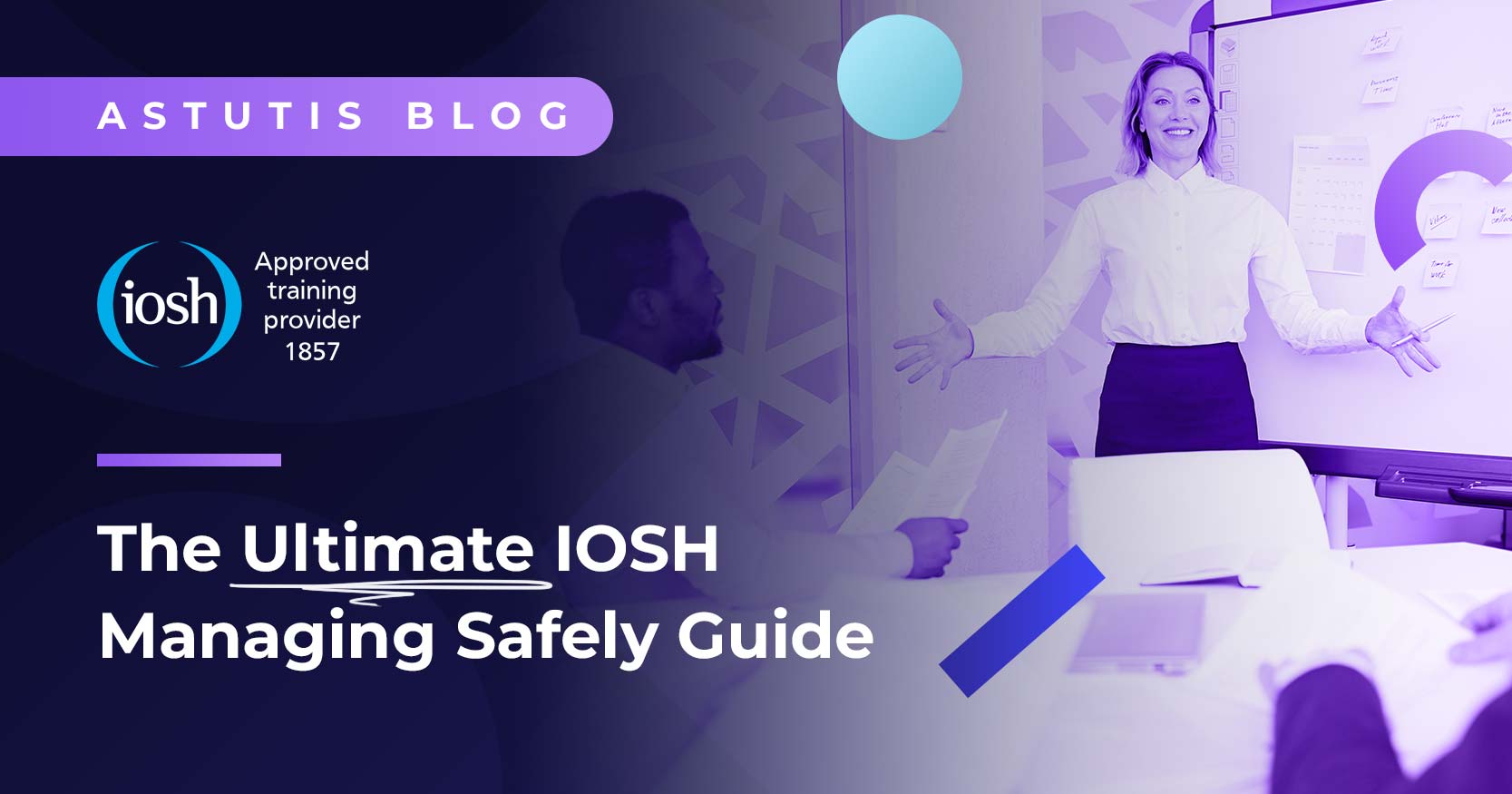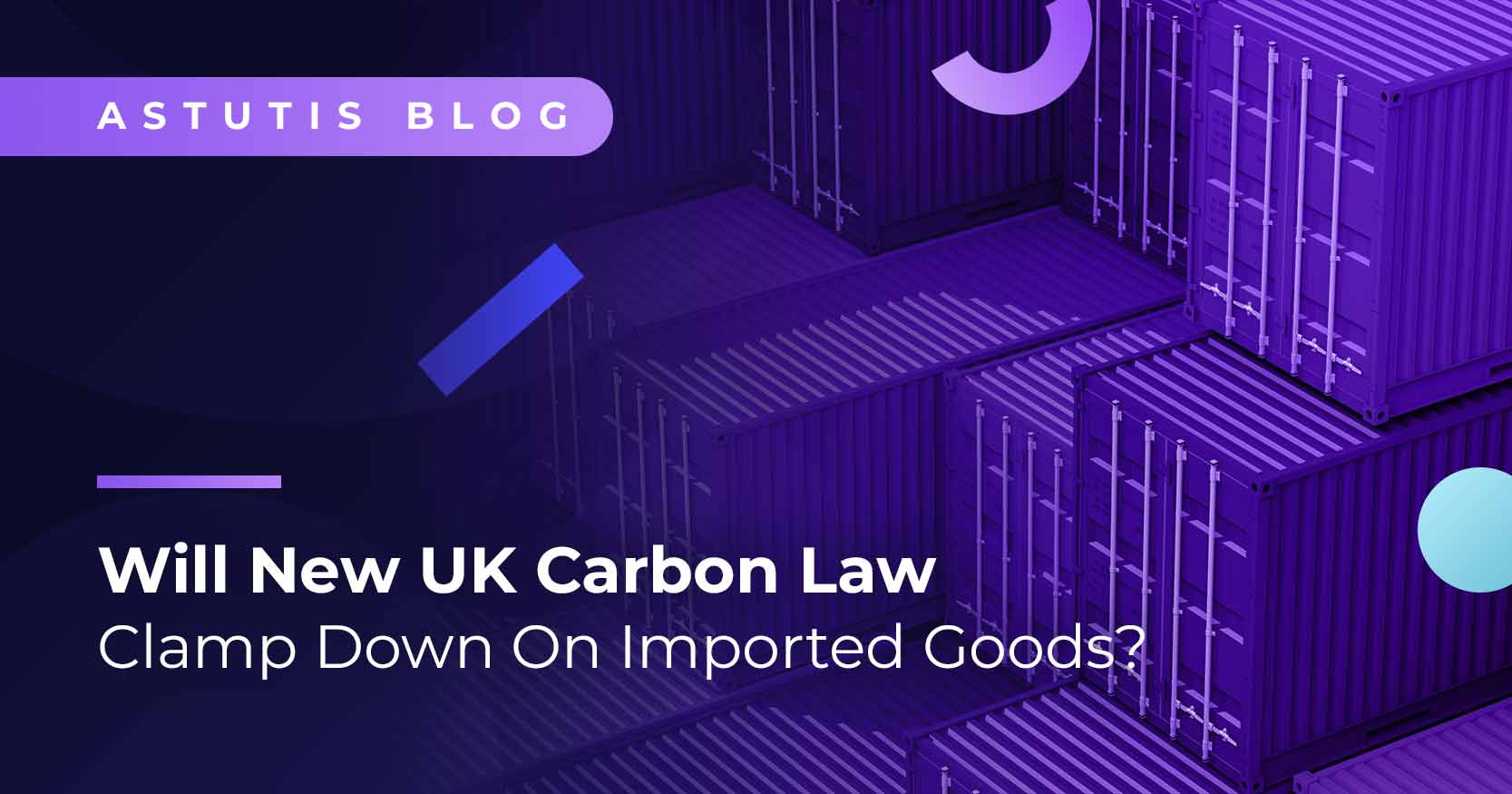Inspections vs Audits: What's the difference?
During my work in industry, I was often asked by a client to undertake regular site audits; this seemed like a reasonable request but often was not at all what the client wanted. In most cases the client wanted a workplace inspection to be carried out rather than a site audit. Organisations can incorrectly interchange the terms audits and inspections leading to confusion.
Introduction to inspections and audits
*This blog was updated in August 2022 to relate correctly to changes in qualification syllabus.
During my work in industry, I was often asked by a client to undertake regular site audits; this seemed like a reasonable request but often was not at all what the client wanted. In most cases the client wanted a workplace inspection to be carried out rather than a site audit. Organisations can incorrectly interchange the terms audits and inspections leading to confusion.
So what is the difference between an inspection and an audit? They are both essential, proactive monitoring techniques however their uses and benefits are quite distinct. You will have covered it if you have studied a NEBOSH course. I’ll outline the main differences between the audit and inspection process and uses based on my experience working in health and safety.
What are safety inspections?
Inspections are a useful way of ensuring that all the things that you have put into place to prevent accidents occurring are still working and are keeping people safe.
The inspection process generally uses just a visual inspection: the gathering of information by identifying the hazards, assessing the use and effectiveness of existing control measures; and suggesting remedial action where the current measures are inadequate.
I have undertaken many inspections during my career and this was in fact how I first got involved with the subject of health and safety. It was during my time working as a supervisor in a warehouse operation that I joined the safety committee. My role involved a site walk around trying to identify things that were not right, and decide what needed to be corrected.
Inspections help identify both the unsafe acts and unsafe conditions that can lead to accidents occurring which you do when completing the NEBOSH NG1/IG1 practical. It is worth noting that the observations sheets require you to undertake an inspection and identify unsafe acts and unsafe conditions.
Workplace inspections can be carried out by managers, supervisors, safety reps, and operatives. The use of checklists can make it an easier activity as it can prompt the inspector to look for known issues in a given area. It is advisable to target your inspection into low risk such as the condition of the floor and high risk that need a more detailed approach i.e. pre-use check would be the operation of a mobile plant.
Common Problems of Workplace Inspections
When carrying out an inspection, it is worth being aware of the limitations of them. When I became a safety advisor some years later, I helped set up a number of inspection systems for different organisations and identified typical problems first hand. These included:
- Completing the paperwork in the canteen, ticking boxes from memory.
- Copying the previous week’s inspection checklist.
- Finding the same problem highlighted weekly such as a wedged open fire door, the immediate action had been to close the door, but the following week would be the same, this is a problem where the symptom has been identified but not the cause.
- People changing their behaviour if they know they are being observed, for example wearing PPE during the inspection that then gets removed after.
So inspections serve a different purpose to audits but are a key tool in actively monitoring a workplace.
What are audits?
The process of auditing is a more complex undertaking requiring more time in both the planning, undertaking and reporting phases.
In simple terms, an audit is a detailed examination of how effectively health and safety is being managed within an organisation.
The HSE definition is: “The structured process of collecting independent information on the efficiency, effectiveness and reliability of the total health and safety management system and drawing up plans for corrective action.”
The process of auditing relies on 3 types of evidence being analysed:
- Documentary – reviewing appropriate documents
- Testimony – carrying out interviews on a cross-section of personnel
- Visual – from a workplace inspection
I have carried out a number of audits across a range of industries but the process always follows the same format.
Planning
Planning for the audit is probably the most important aspect as this will determine the parameters for the audit. Questions to be answered in the planning stage are:
- Who is going to carry out the audit? The auditor should be independent to the task and therefore offer impartiality.
- What is the information gathered to be compared with? It could be compared to recognised standards such as management systems or HSE guidance i.e. HSG65
- What questions need to be asked? A questionnaire will be drawn up with relevant questions on the external system.
- What documents need to be reviewed? Health and safety policy is a good starting point.
- What resources need to be allocated? This will include the time taken to carry out the interviews, access to documents needs to be provided.
- What is the process for giving the organisation the feedback after the audit? Standard practice is to produce a detailed audit report, increasingly now I get asked to provide a short PowerPoint presentation to the company board who is responsible for the strategy. This offers a chance to outline to the key points, questions to be asked to clarify understanding.
The Audit Process
Collecting Information, the process of collecting information is where the evidence is gathered and involves interviewing staff, reviewing documents and visually inspecting the workplace. I will start with asking about the policy, to see if the interviewees are aware of it and understand their role. I then look at the document and compare it to how the standard says it should look. Finally, I check the workplace to see evidence of the policy in action.
Making Judgements, for most organisations I audit I am looking to make two judgements: first, is the organisation legally compliant as this is the absolute minimum requirement? Second, how does the organisation compare to the chosen standard?
Audit Controls
To be effective the audit needs to be carried out by an impartial person or team; they can be internal or external.
A decision needs to be made on how much time is to be taken for example interviewing enough people, reviewing an appropriate sample of the right documents in order to get meaningful results.
Non-conformity
Non-conformity means that the requirement, for example, legal, health and safety management system or relevant company procedure has not been fulfilled.
The audit report needs to clearly identify where there is a gap in meeting the legal or preferred standard requirement and provide corrective actions to be taken to ensure compliance.
The priorities need to be indicated to allow management to take appropriate actions. A priority can be an action considered urgent due to the risks it presents or it can be a “quick win” action that is straight forward and cheap to correct. The quick wins will demonstrate to staff that things are being done and so can help build a positive culture and morale.
To Recap
Inspections and audits are two different types of active monitoring that offer feedback to prevent accidents and injuries occurring: inspections deal with the things that are the immediate causes of accidents, whilst audits deal with the areas that could be the root causes of accidents. Proactive monitoring is an essential element of effective management: it lets you check health and safety performance and take corrective action if needed.
Related Blogs

Real Life Stories









